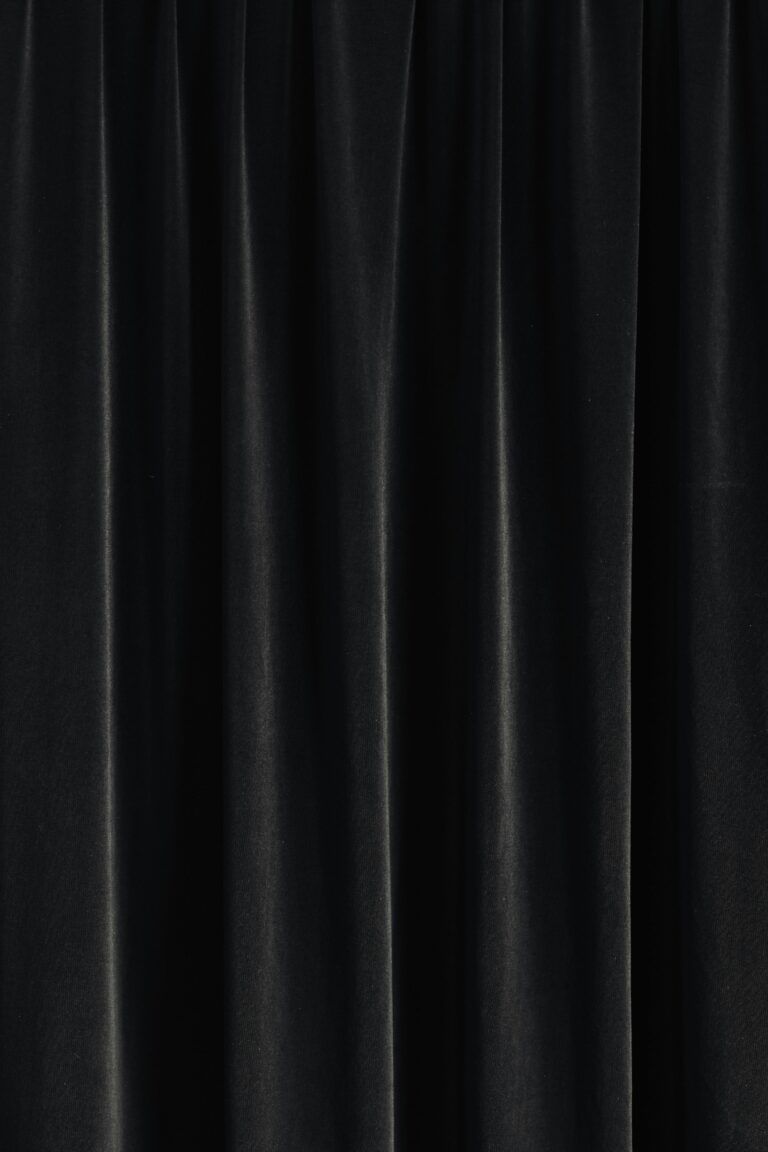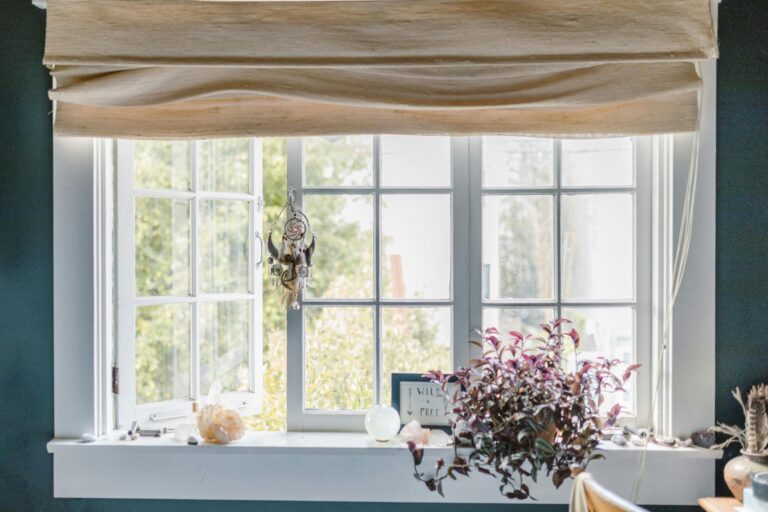In the rarefied world of automotive collecting, your prized vehicles deserve more than a concrete box with fluorescent lighting. Yet countless collectors still house million-dollar classics in environments that would make museum curators cringe. The disconnect between the reverence these mechanical masterpieces command and the spaces they inhabit represents one of luxury design’s most overlooked opportunities. Forward-thinking designers are now revolutionizing automotive storage, creating climate-controlled sanctuaries that transform garages into world-class galleries where form meets function in perfect harmony.
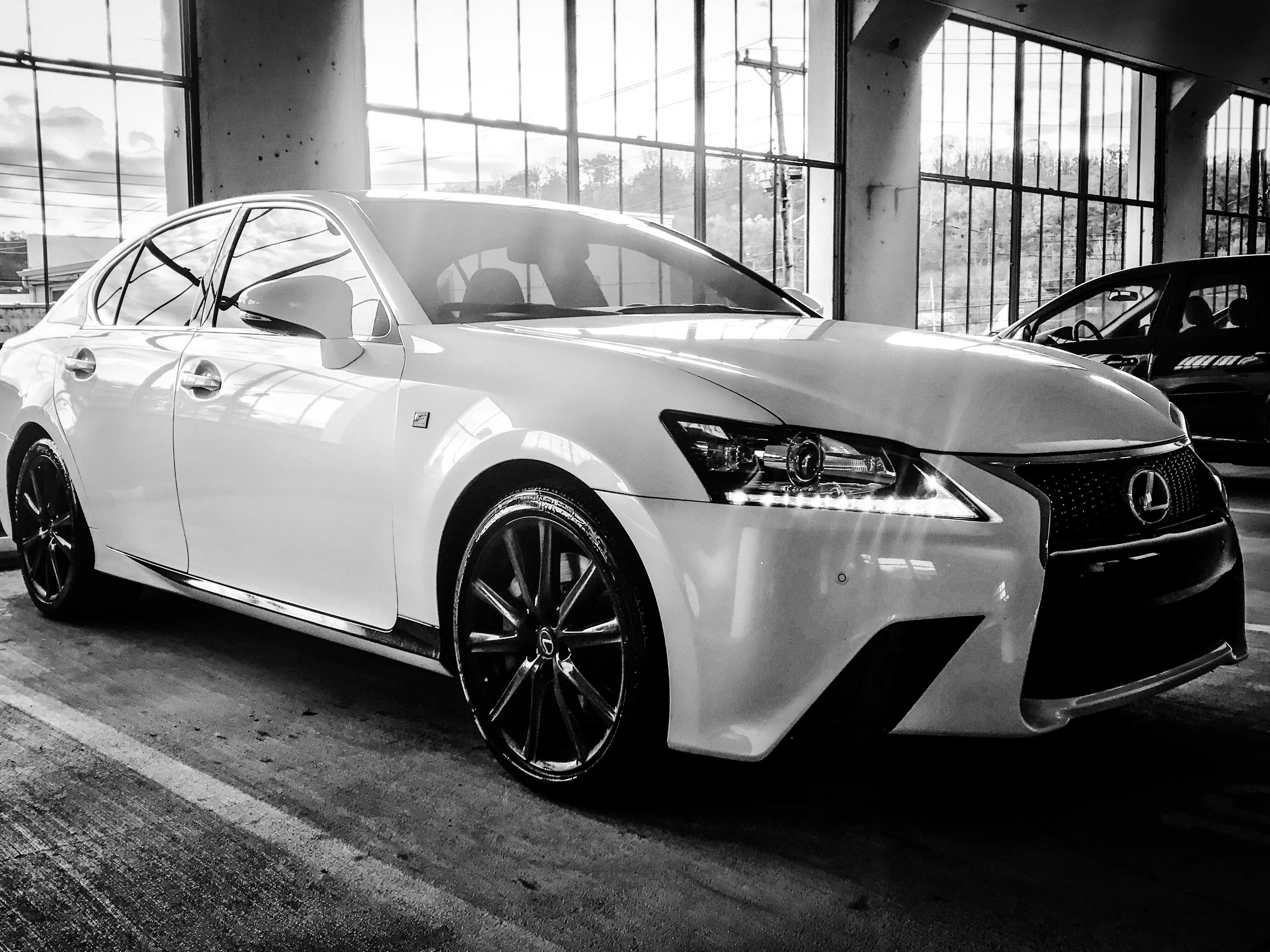
This Photo was taken by Brice.
The museum methodology revolution in automotive spaces
The paradigm shift begins with understanding that automotive galleries aren’t garages with better lighting—they’re precision-engineered environments that protect and showcase automotive art. Leading designers now collaborate with conservation specialists to implement museum-grade standards that would satisfy the Smithsonian’s collection managers.
Climate control systems in these spaces maintain temperatures between 65-70°F with humidity levels precisely controlled at 45-55%. This narrow band prevents the expansion and contraction cycles that damage seals, fabrics, and metal components over time. Advanced HVAC systems include redundant monitoring sensors and backup systems that alert collectors instantly to any environmental deviations.
| Environmental Factor | Museum Standard | Traditional Garage | Impact on Vehicles |
|---|---|---|---|
| Temperature Stability | ±2°F variation | ±20°F variation | Prevents seal degradation |
| Humidity Control | 45-55% RH | Uncontrolled | Eliminates rust formation |
| Air Filtration | HEPA standards | Basic or none | Protects paint finishes |
| UV Protection | 99% UV filtering | Minimal | Preserves interior materials |
The filtration systems rival those found in semiconductor manufacturing facilities. Multi-stage air purification removes particulates down to 0.3 microns, while activated carbon filters eliminate chemical contaminants that could interact with vehicle finishes. Some installations include positive pressure systems that create a protective barrier against outside pollutants.
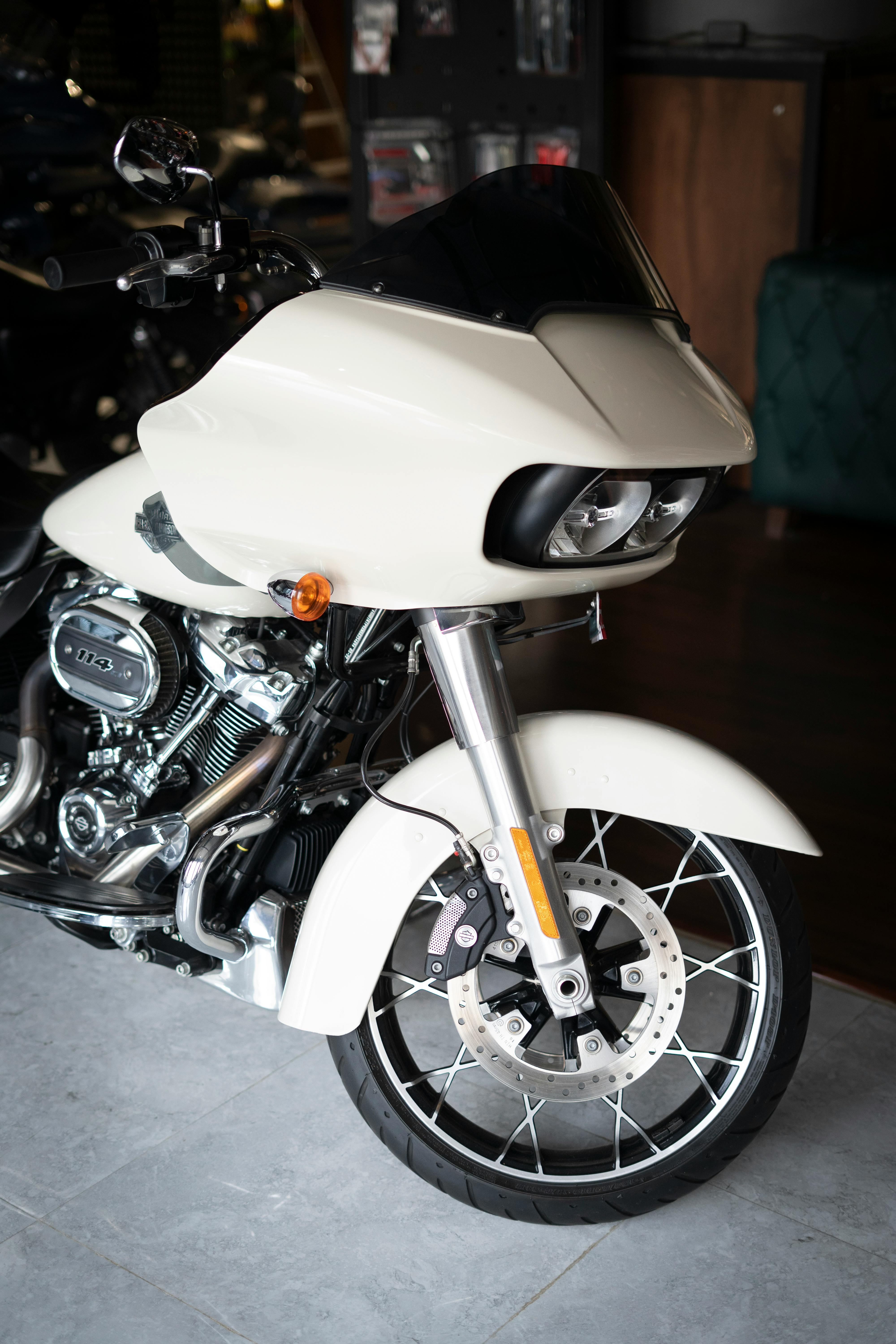
This Photo was taken by Love Deep.
Architectural elements that elevate automotive display
The structural foundation of museum-quality automotive galleries extends far beyond standard garage construction. Designers integrate architectural elements that would be equally at home in prestigious art institutions, creating spaces that honor the sculptural beauty of automotive design.
Floor systems represent a critical design decision that impacts both aesthetics and functionality. Polished concrete with integral color and diamond polishing achieves reflective surfaces that create visual depth while maintaining durability. Some collectors opt for terrazzo installations with custom aggregate compositions that complement their vehicle colors. The most sophisticated installations feature heated floor systems that maintain consistent surface temperatures, preventing condensation formation.
Ceiling treatments incorporate curved surfaces that eliminate harsh shadow lines and create seamless transitions between architectural planes. Coffered ceiling designs with integrated lighting channels provide both structural interest and concealed mounting points for specialized lighting systems. Sound-dampening materials embedded within ceiling assemblies create acoustic environments suitable for both contemplation and entertainment.
Wall systems that showcase and protect
Wall treatments move beyond simple paint applications to incorporate materials and finishes that enhance the automotive display. Natural stone installations, particularly those featuring consistent veining patterns, create sophisticated backdrops that complement rather than compete with vehicle designs. Metal panel systems with brushed or patinated finishes echo the materials found in the vehicles themselves.
Integrated display systems transform walls into functional gallery elements. Custom millwork with concealed lighting creates presentation niches for automotive memorabilia, historical documentation, and scale models related to the collected vehicles. These bespoke architectural details establish narrative connections between the displayed vehicles and their cultural significance.
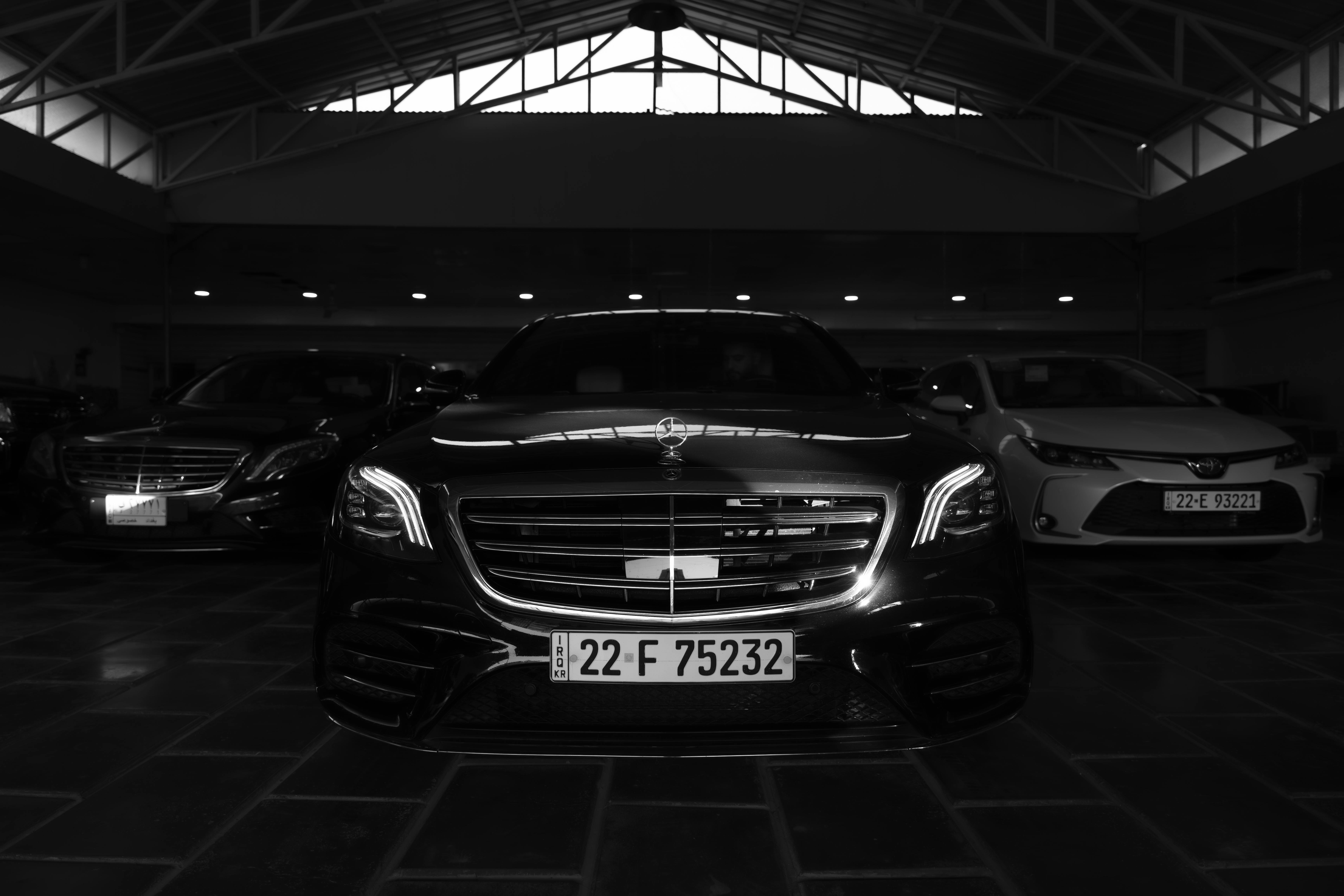
This Photo was taken by AMORIE SAM.
Lighting design that rivals world-class galleries
The transformation from utilitarian garage lighting to gallery-quality illumination represents one of the most dramatic aspects of automotive sanctuary design. Professional lighting designers now apply the same principles used in museum exhibitions to create systems that reveal every nuance of automotive craftsmanship while protecting valuable finishes.
Track-mounted LED systems with color temperature control allow collectors to adjust lighting conditions based on viewing preferences and vehicle characteristics. Warm lighting (2700K-3000K) enhances the richness of leather interiors and wood trim, while cooler temperatures (4000K-5000K) emphasize the precision of metalwork and paint finishes. Dimming systems create infinite adjustment possibilities for different occasions and moods.
Accent lighting systems utilize narrow-beam fixtures to highlight specific vehicle features. Grazing light across chrome details reveals texture and craftsmanship, while carefully positioned uplighting can transform wheel designs into sculptural focal points. The most advanced systems incorporate strategic lighting design principles that create visual hierarchies and guide viewer attention through the collection.
Specialty lighting for automotive photography
Many collectors maintain their vehicles not just for personal enjoyment but also for documentation, events, and potential resale. Professional-grade lighting systems accommodate photography requirements without compromising the gallery aesthetic. Ring lighting systems eliminate harsh shadows, while adjustable color temperature ensures accurate color reproduction in photographs.
UV-filtered lighting protects vehicle interiors from fade damage while maintaining visual clarity. Advanced systems monitor cumulative UV exposure and automatically adjust intensity levels based on usage patterns. Some installations include blackout capabilities that allow for specialized photography setups or complete light control during storage periods.
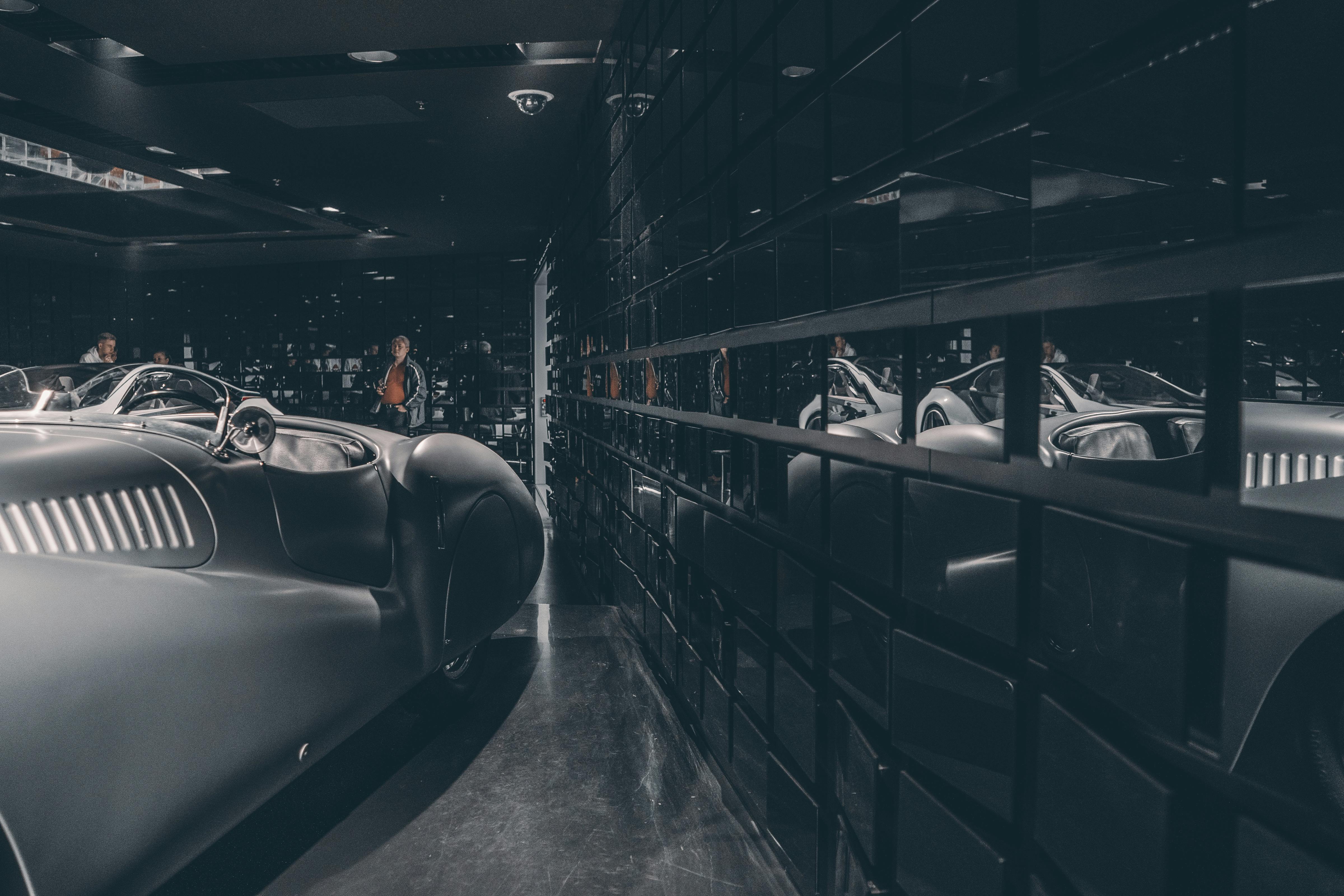
This Photo was taken by Maria Geller.
Custom display platforms and positioning systems
The presentation of vehicles within automotive galleries requires the same attention to positioning and display that museums apply to sculpture exhibitions. Custom platforms and positioning systems allow collectors to present their vehicles at optimal viewing angles while providing practical benefits for maintenance and protection.
Hydraulic lift systems integrated into floor installations allow for seamless height adjustments without visible mechanical components. These systems can raise vehicles to ideal viewing positions or lower them for easy access during maintenance procedures. The most sophisticated installations feature programmable positioning that can store preferred heights for different vehicles or viewing scenarios.
Rotating display platforms transform static exhibits into dynamic presentations that reveal vehicle designs from all angles. Silent drive systems ensure operation doesn’t disturb the contemplative atmosphere while precision engineering maintains smooth, controlled movement. Some platforms incorporate tilting mechanisms that can present vehicles at slight angles to emphasize particular design elements.
Protection systems that preserve value
Climate-controlled covers represent the

